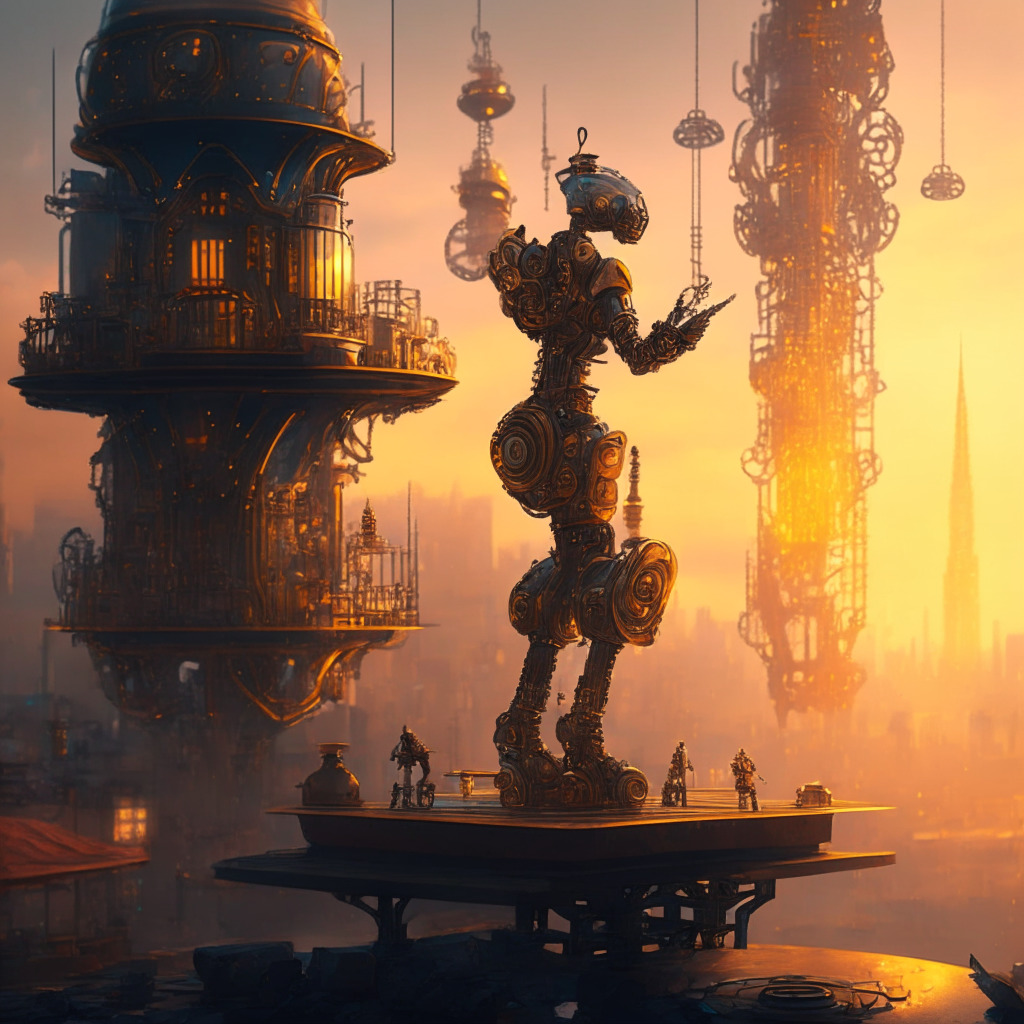The era of proof-of-work altcoin mining, particularly Ethereum, was once synonymous with lucrative profits for miners. However, Ethereum’s migration to proof of stake has left many miners scrambling to repurpose or profit from their idle graphics cards. Enter the world of artificial intelligence (AI), driven by the success of innovative technologies like ChatGPT, which requires the heavy computational lifting typically suited for GPU-powered machines.
However, the process might not be as seamless or profitable as initially hoped. The reason? GPUs, long considered the backbone of cryptocurrency mining, aren’t as perfectly suited for AI training. The requirements for optimal GPUs for crypto mining and AI training resemble a balancing act, with each needing different specifications to perform at their best.
Cryptocurrency mining relies heavily on GPUs with high hash power, which determines the number of computations a GPU can crunch per second. More hash power equates to better chances of mining blocks and reaping the rewards. On the other hand, AI training involves handling massive amounts of data in parallel, requiring GPUs with large amounts of vRAM (Video Random Access Memory). While hash power is crucial for mining, it plays a smaller role in AI training, which primarily depends on vRAM capacity.
For context, a top-tier GPU for Ethereum mining, such as the Nvidia RTX 3060Ti, offers 60MH/s of hash power and 8GB of vRAM. In contrast, AI-specific GPUs like Nvidia’s A100 and V100 models boast 32GB and up to 80GB of vRAM, respectively. The stark difference between these specifications highlights the challenges faced by miners looking to transition their GPUs from mining to AI training.
Despite these differences, there remains some hope for miners whose GPU assets have lower vRAM characteristics; smaller AI models or tasks requiring less vRAM can still benefit from their GPUs. Scott Norris, CEO and founder of Optiminer, adds that AI operations can be fast and efficient even on legacy cards, but entrepreneurs must carefully select the AI applications they focus on.
Notably, some crypto mining companies, such as Omega AI, Hive Blockchain, and Hut8 Mining, are already testing the waters in AI operations. While this alternative use for idle GPUs might not be as profitable as the halcyon days of Ethereum mining, it could act as a viable backup plan for those looking for new uses for their GPUs amid a changing cryptocurrency landscape.
For individuals looking to learn more about AI and its evolving applications, Decrypt U’s “Getting Started with AI” course offers valuable insights on topics ranging from the history of AI to machine learning, ChatGPT, ChainGPT, and more.
Source: Decrypt




